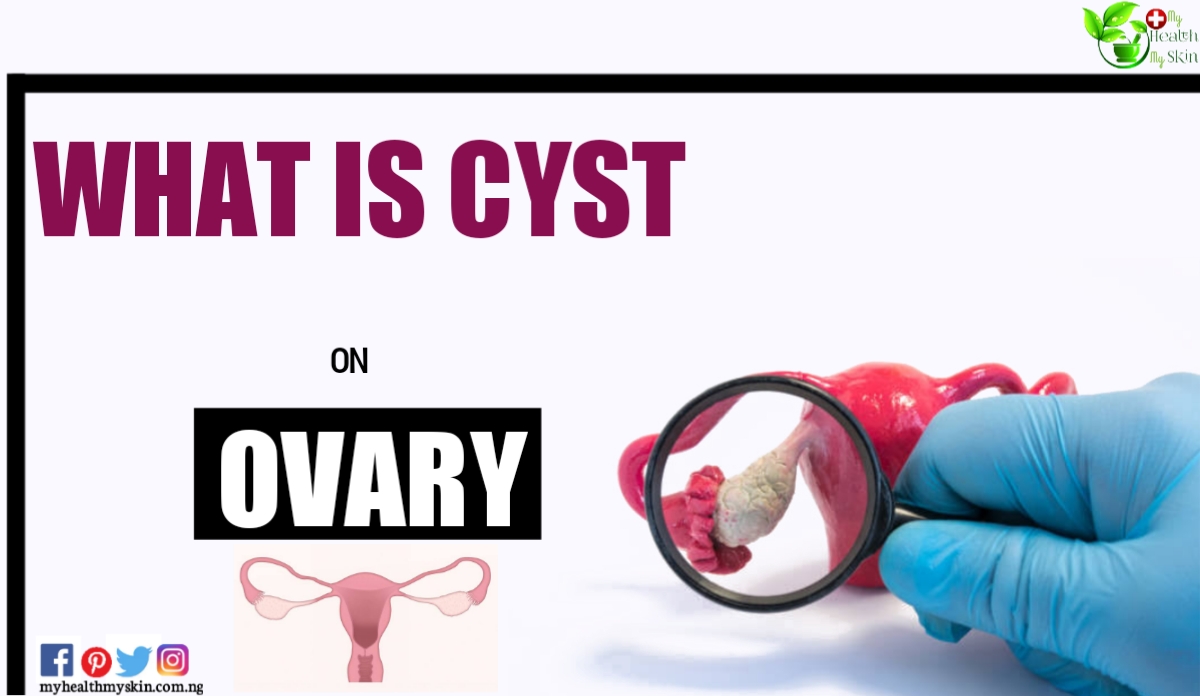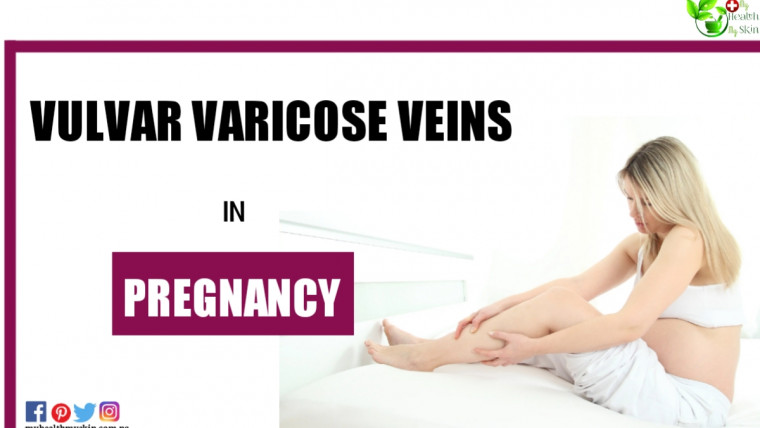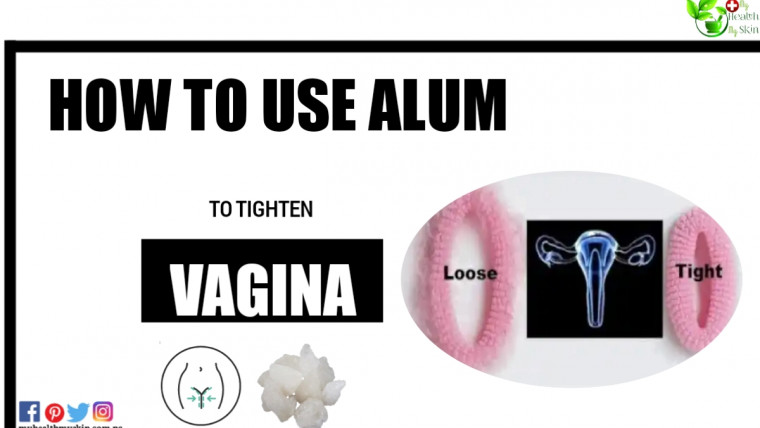abnormal lump in an ovary, the ovarian cyst affects less than 10% of women.
While in most cases ovarian cysts are benign and show no signs, sometimes they need to be removed because they are too large or numerous. To see more post on women’s health click here.
But the appearance of pain, abnormal bleeding or digestive disorders can also alert and give rise to complications, often requiring surgery.
What Is Cyst On Ovary?
Ovarian Cyst: Definition
An Ovarian cyst is a swelling containing fluid and developing on the ovaries (organs located at the end of the fallopian tubes, themselves connected to the uterus).
The Ovarian Cyst
5 to 7% of women have at least developed an ovarian cyst in their lifetime.
But, young girls aged 10 to 16 can also be confronted with this kind of ovarian abnormality.
A swelling is a pathological (abnormal) increase in the volume of a part of an organ (tissue), or of an organ as a whole.
The Different Types Of Cysts
Ovarian cysts can be functional (or physiological) or organic, benign or malignant.
Functional Ovarian Cysts
The cysts functional nature are most common, with a prevalence of 20% among women of childbearing age and 5% after menopause.
Secondary to ovarian dysfunction (hyperfunction of hormones regulating the ovary), this type of lump is likely to disappear spontaneously in just a few cycles (regression observed in 90% of cases).
Two types of functional cysts are represented, among which:
- The follicular cyst (linked to fluctuations in the menstrual cycle): this type of lump results from the abnormal development of a follicle (a small ovarian pocket containing fluid, in which an egg forms and develops). So, since the follicle is abnormal, the egg cannot be released into the fallopian tubes, thus preventing ovulation from occurring.
- The luteal cyst: results from an increase in the volume of the corpus luteum (gland secreting hormones that temporarily form in the ovary after each ovulation).
Either way, these cysts can change in size, clearing up with your period and reappearing in the next cycle.
The functional cysts occur mainly before menopause and in some cases:
Following a treatment stimulating ovulation, in the event of sterility (medically assisted procreation).
In the first months after insertion of an IUD containing levonorgestrel, a contraceptive product (in 12 to 30% of women);
After treatment with tamoxifen (sometimes prescribed after breast cancer).
Organic Ovarian Cysts
These cysts are of unknown cause and remain permanent. Unlike functional cysts, their morphology (volume) does not change regardless of the time of the menstrual cycle.
Several types of ovarian organic cysts are represented, among which:
- The serous cysts (most common);
- The mucoid or mucinous cysts;
- The dermoid cysts;
- The endometriotic cysts, associated with endometriosis.
Polycystic ovary syndrome (PCOS) is a hormonal disorder affecting between 6% and 10% of women.
It is characterized by an abnormal increase in the production of androgens (male hormones) in the ovaries (excessive hair growth), thus disrupting the production of eggs. Instead of being released at the time of ovulation, the eggs turn into cysts, small pockets filled with fluid.
These cysts accumulate in the ovaries and sometimes increase in size (more than 12 follicles 2 to 9 mm in diameter).
Symptoms and Diagnosis
What are the symptoms?
In 50% of cases, the ovarian cyst may remain latent, its presence being detected during a clinical examination or ultrasound for some other reason.
In other cases, several signs, often painful, can appear such as:
1. Moderate pelvic pain (in the lower part of the pelvis) on one side of the body, giving the impression of heaviness;
2. Metrorrhagia (genital bleeding occurring outside of menstruation);
3. Pollakiuria (frequent urge to urinate with emission of small amounts of urine);
4. Digestive disorders by compression.
The Various Diagnoses
The diagnosis is broken down into several stages:
Interrogation: the attending physician (or gynecologist) questions the patient about her symptoms and any current treatments. He also notes the date of her last period.
Abdominal palpation: in most cases, no abnormality is detected during this type of examination. But more rarely, the cyst can be detected through the abdominal wall.
Gynecological speculum examination: this examination allows you to check the condition of the cervix. Sometimes during this exam, the doctor may decide to do a uterine smear (a sample of cells from the cervix) as part of screening for cervical cancer.
Vaginal examination: this examination makes it possible to look for a possible mass, whether it is benign ( ovarian cyst, fibroid) or malignant (tumor of the ovary).
Complementary Examinations
Several additional examinations help to confirm the diagnosis such as:
- An ultrasound coupled with a Doppler: the ultrasound will thus make it possible to visualize and describe the cyst (location, size, more or less liquid content, thin or thick wall, presence of internal partitions, etc.) while the Doppler will be used to analyze the blood vessels and blood flow inside the cyst.
- A biological blood test: this test will make it possible to assay certain tumor markers to characterize the cyst (benign or malignant).
- A CT scan and / or an MRI: these examinations are only offered in exceptional cases such as too large a size of the cyst or the suspicion of endometriosis.
Processing
Medical surveillance
When the patient presents a functional ovarian cyst without serious complications, simple medical surveillance is set up. There is no need to initiate therapeutic treatment.
This medical monitoring consists of performing an ultrasound to check that the cyst disappears after the 3 menstrual cycles.
Other situations also require this monitoring such as:
1. When taking a method of (oral) contraception that has not changed, to make sure that the cyst goes away;
2. Following the appearance of a cyst occurring after insertion of a levonorgestrel IUD;
3. In the event of treatment with tamoxifen (anti-estrogen treatment possibly prescribed after breast cancer).
The Surgical Intervention
When there is development of an organic cyst and complications arise, in this case, surgical intervention (puncture or ablation depending on the severity) is necessary.
Here are some examples of complications requiring urgent surgery:
Torsion of the ovary: this complication occurs in a “heavy” cyst and manifests itself in severe pain, accompanied by nausea or vomiting.
Intra-cystic hemorrhage: this complication (bleeding) is found mainly in so-called functional cysts.
Rupture of the ovarian cyst: it follows a torsion of the ovary or an intra-cystic hemorrhage.
Ovarian abscess: this complication can occur following the practice of an ovarian puncture.
Puncture Of The Ovarian Cyst
This surgical procedure consists in extracting the liquid (present inside the pocket, defining the cyst) using a fine needle, carried out endovaginally (passing through the vagina) and ultrasound guided (guided by the ultrasound).
The puncture is possible in the event of a cyst containing only liquid, or in people for whom an operation involves risks.
After the procedure, the punctured substance is analyzed to see if cancer cells are present. If so, laparoscopic surgery may be necessary.
Surgical removal (or ovarian cystectomy)
It is indicated:
- In an emergency, that is to say when the cyst leads to complications (intracystic hemorrhage, torsion of the ovary, etc.);
- In case of organic cyst ;
- For a functional cyst which does not disappear after three menstrual cycles and which presents anomalies (change in volume, appearance);
- After a guided puncture failing to completely eradicate the cyst (recurrence).
The surgery is performed by laparoscopy. However, a laparotomy (larger opening of the abdominal wall) may be necessary if, during the operation, the diagnosis of a malignant cyst is made or if operating difficulties arise.
In young women, only the cyst is removed to maintain the patient’s fertility. In postmenopausal women, the ovary and fallopian tube are removed.







